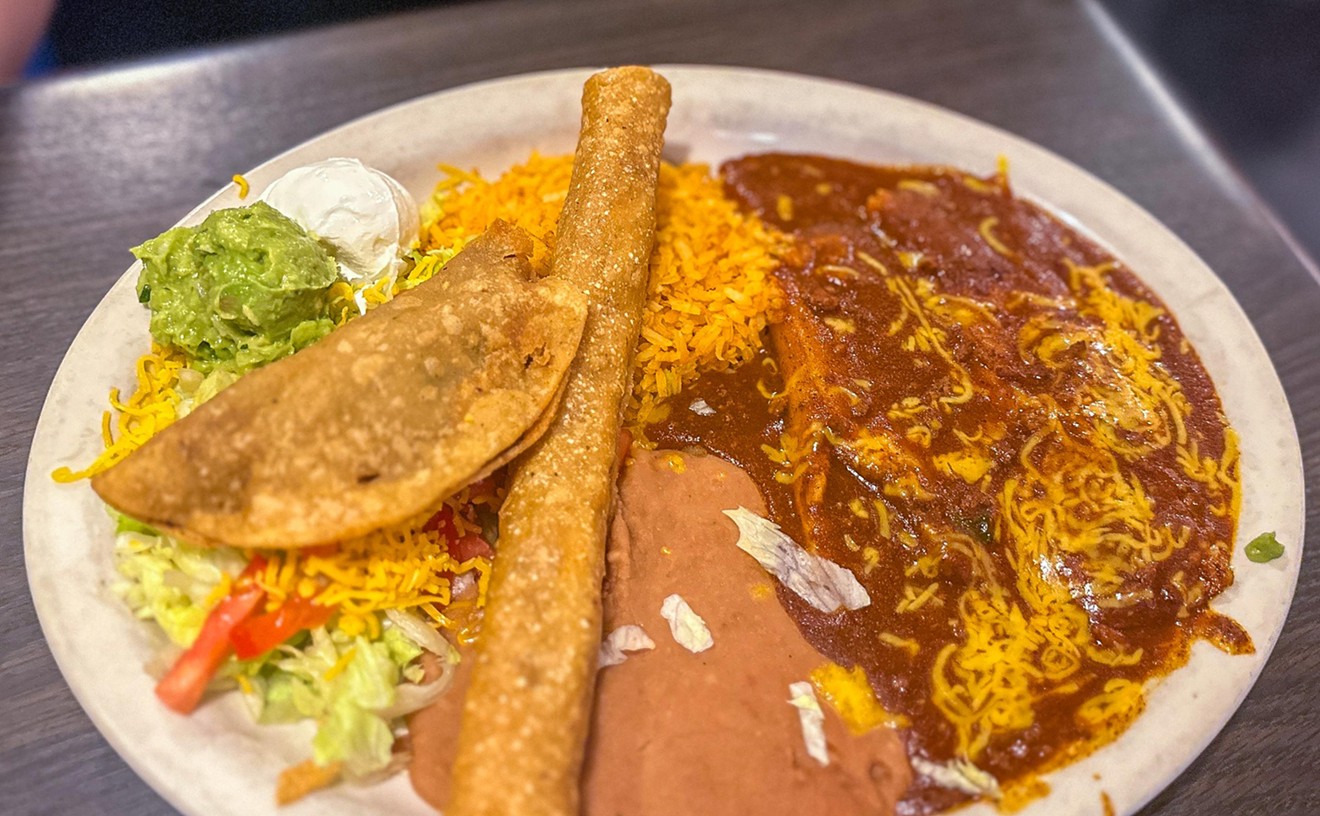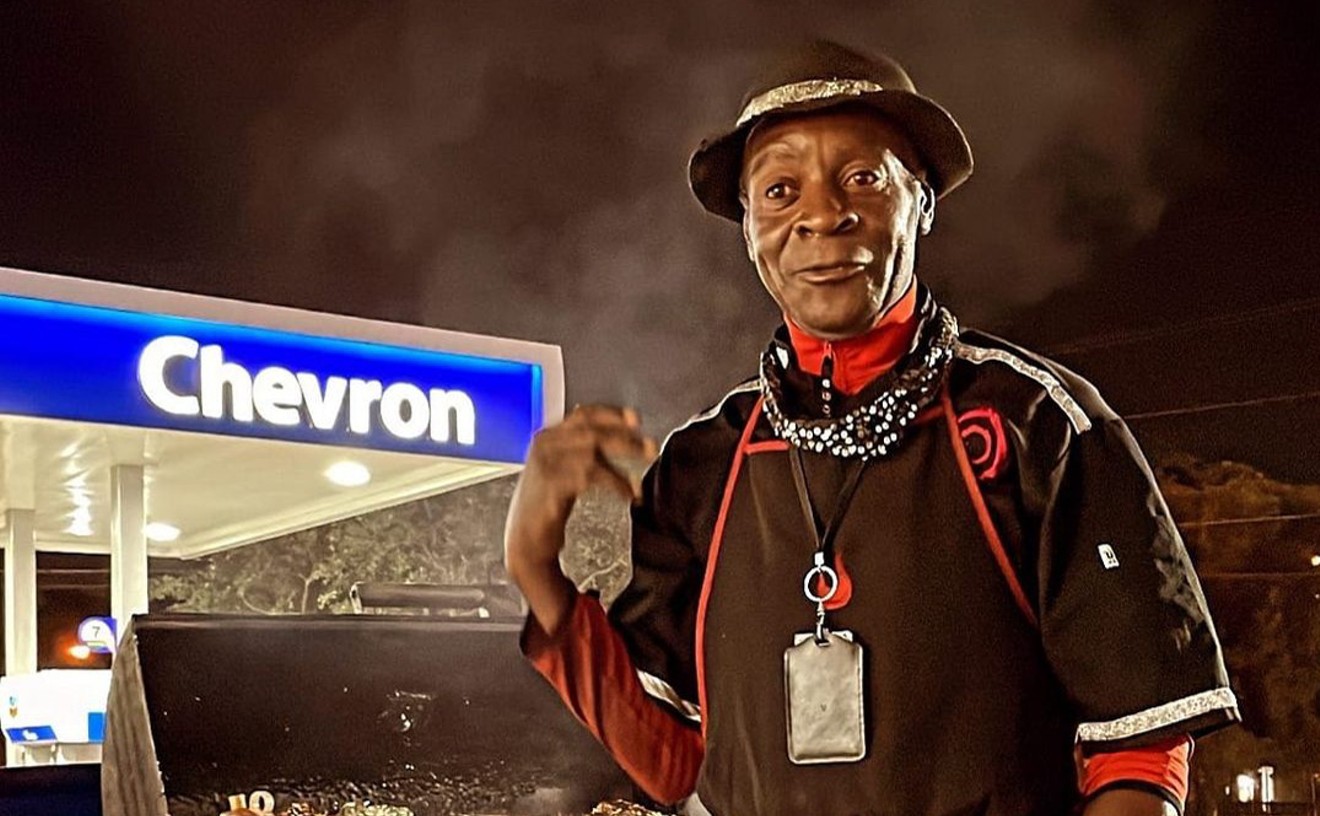But earl's is no ordinary dinner chain. In 1955, Earl "Bus" Fuller, a machinist at a small-town refinery, launched a drive-in restaurant called the Green and White in Sunburst, Montana, to feed the local farm workers rib-sticking breakfasts. He eventually sold the breakfast haunt and moved to Canada, where he arranged for the rights to the A&W concept in Edmonton "cheaply," as one Canadian press report put it. His restaurateuring aplomb eventually gave him some 45 A&W's, 25 Fuller's Family Restaurants, and 15 upscale steak-and-lobster houses called Corkscrew.
But with a load of debt and the '80s recession looming, Fuller chucked all of these restaurants and began developing the concept which eventually became earl's, with a lowercase "e". Today, Earl's Restaurants Ltd. operates 52 earl's restaurants along with nine Joey Tomato's Kitchens and 11 Cactus Club Cafés.
Parked in a niche the company refers to as the premium end of the casual dining market, earl's evolved from hot wings, burgers, and chicken breasts to what it calls global skillet cuisine. It's hard to say what that means exactly, except that "Bus" decided to take his managers and chefs on annual junkets to France, Italy, Australia, Spain, and California to open their eyes to the world of flavors and find new recipe ideas for the restaurants.
Is this strategy successful? Sometimes. Twelve-inch wood-fired pizzas are crisp, light, and very tasty. The original Margherita ($5.95) with Roma tomato sauce, fresh basil, and aged provolone and mozzarella cheeses discharged little bursts of balanced flavor with a smooth zesty sauce that never hinted at cheap sweetness. But does making good pizza require a global junket?
No, but wine sense might, and earl's had the good sense to draft a one-price wine list ($22.75 a bottle, $6.25 a glass) not with typical chain-restaurant swill but with wines people might actually want to drink, such as Murphy-Goode Fume Blanc and Rex Hill Pinot Noir.
But more often than not, that global skillet hurt. Grillato fettuccini ($9.95) seemed as though it was inspired by pan drippings from a Fiat. The limp, overcooked pasta was cold and oily. The molten knot of basil, sweet chiles, and sun-dried tomato "flamed with brandy and simmered in cream" and plopped on top did little to remedy the dish.
Served in a steel bowl, baked lasagna with spinach ($10.95) had such a dearth of layers, it was more like a noodle sandwich than a pasta high-rise, and it was runny, with overcooked noodles that were blackened at the edges.
Caesar salad ($2.50) was probably the worst example of global travel. It's easy to forget this dish was invented in Mexico now that every Tom, Dick, and Denny's has a version of it. Though the dressing had hints of lemon and anchovy, it was pasty and coagulated, as if the assembled leafy mélange had been parked in a cooler for aging. The limp lettuce was profoundly brown around the edges, and the whole thing had sharply off flavors.
Maybe they should have stayed with the stuff this global skillet evolved from, because some of the mainstays are nearly exceptional. Earl's better burger with cheese ($7.95) is thick and packed with rich flavor and vibrant tomato and lettuce. Plus, the single slice of cheddar was perfectly melted over the stretch of ground chuck. Chicken tenders with citrus plum sauce and fries ($7.95) were good too: crisp and moist with a delicious dip. A barbecue combination of Cajun blackened chicken with a half-rack of braised hickory back ribs ($12.95) wasn't bad either, though the tender ribs could have used a more generous slathering of sauce, while the slightly dry chicken could have used a little less grease.
The same goes for the baby calamari ($6.95). With a zestless onion and yogurt sour cream dipping sauce, this plate of squid tangles was greasy, bland, and mushy.
But then earl's turns around and smacks you in the head with brilliant flavor. Skidgate salmon ($6.95), fresh Chinook seared and varnished with an aromatic Japanese glaze, was firm, flaky, and sweetly compelling.
Though it was speckled with slightly dry chicken strips, the Thai chicken salad ($8.95) with fresh greens twined amongst tender, cool Thai noodles and roasted peanuts in a brisk cilantro mint dressing was refreshingly tasty and well-balanced.
Dessert was dismal, though. Granny Smith apple cobbler ($5.75), more like a pie than a cobbler, was dry and pasty with a doughy, unappealing crust.
But maybe this earl's just hasn't gotten its traction yet. The staff, though friendly and eager, is young and inexperienced, which by implication muddles execution. On one visit, our server boldly announced that ours was the second table she had ever waited on. This, along with clothless wooden tables that are heavily gouged and scuffed, suggests this Canadian dining room with a garage-like name needs some time to break in.










